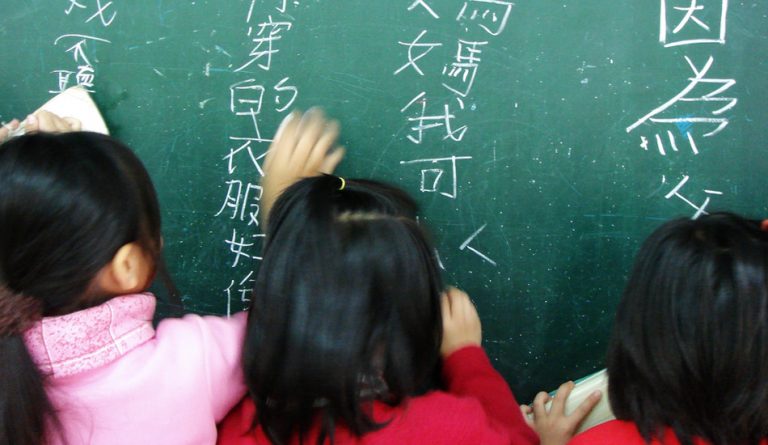Despite many Asian children coming from poor immigrant families where they often struggle to make ends meet, education is held in the highest regard, the ultimate success marker. But, unfortunately, parents of students of other races don’t know what to do.
Leveling the playing field with Asian children
The city is struggling to figure out how to level the playing field with Asian children. They are even going through great lengths to figure out how to make being intelligent and hard-working less of an advantage when it comes to school admission.
Non-Asian families feel that they can’t put the type of pressure on their children to succeed that Asian parents do. So instead, they put pressure on the city government and education system to make those qualities that Asian parents enforce less definitive of success.
What could be a good motivation for parents to follow a good example and get their act together instead becomes a way to find reasons why these Asian children don’t deserve the spots in education they and their parents have worked so hard to achieve.
The New York Post discussed how this is the pattern across the nation even as American teens rank 28th in math and science, while Singapore, Hong Kong, South Korea, Japan, and Taiwan teens rank top globally.

Success is the result of parenting
Studies have shown that success is the result of parenting. Asian-style parenting in the past has come under fire for putting too much pressure on Asian children and making childhood a lot less fun. But on the other hand, Americans are a lot looser with their children, creating a more independent human being who sees a life beyond just success at the academic level.
Having a lifestyle so pressurized, structured, and controlled by the parents in Asian households means that the parents are certainly more involved in the child’s life. Still, so much involvement can create social anxieties when the child has to take charge of their own life and career after they grow up.
In Asia, academic competition is relentless
Due to a higher population competing for a much more limited number of spots, families in Asia often see no choice but to push their children to the educational limit for their survival.
In China, families will often spend years preparing kids for the notoriously brutal national college entrance examination. The time spent preparing for the test is used to assure that the child can bring fortune to his family; it may be the only chance a Chinese rural family has to turn their economic situation around.
The hopes of the family’s future will often be the burden in the test taker’s mind. That means a particular type of cram school happens before school, after school, every evening, and every weekend.

To a Chinese teen, there is no escape. There is no luxury called recreation or free time.
By comparison, America offers a relatively mild alternative. When you are used to that type of pressure, what we have here is a breeze.
A New York Times article took a look at one Asian family and just how bleak that time before the entrance examination, known as the gaokao, can seem for a child.
“Yet even as American educators try to divine the secret of China’s test-taking prowess, the gaokao is coming under fire in China as an anachronism that stifles innovative thought and puts excessive pressure on students. Teenage suicide rates tend to rise as the gaokao nears.
“Two years ago, a student posted a shocking photograph online: a public high-school classroom full of students hunched over books, all hooked up to intravenous drips to give them the strength to keep studying.”
There is a middle ground
American families don’t need to become like Asian families, but they might see what’s good and can be incorporated into their child-rearing techniques.
Asian families might also learn from American families that success is more than just academic and financial success. Success is also the contentment and fulfillment that a high score or a paycheck can’t represent.








